Basics of Reverse Osmosis
Credit to: https://puretecwater.com/
Usually dispatched in 2 to 3 days
Usually dispatched in 2 to 3 days
Category:
Water Desalination & RO
What is Reverse Osmosis?
Reverse Osmosis is a technology that is used to remove a large majority of contaminants from water by
pushing the water under pressure through a semi permeable membrane. This paper is aimed towards an audience that has little of no experience with Reverse Osmosis and will attempt to explain the basics
in simple terms that should leave the reader with a better overall understanding of Reverse Osmosis technology and its applications.
Only logged in customers who have purchased this product may leave a review.
Related products
Desalination Technology Trends
Abstract:
Texas’ increased interest in desalination reflects a worldwide trend to include it as a viable alternative water supply option in any long-term water strategy. Recent technological developments and new methods of project delivery are driving this heightened level of interest to the point that desalination is now being seriously evaluated on projects where it would not have been considered ten years ago. The most significant trend in desalination is the increased growth of the reverse osmosis(RO) market. Technological improvements have both dramatically increased the performance of RO membranes. Today’s membranes are more efficient, more durable, and much less expensive. Improvements in membrane technology are complimented by improvements in pretreatment technology, which allow RO membranes to be considered on a much wider range of applications. Energy costs are directly related to the salt content of the water source, and may represent up to 50% of a system’s operational costs. There has been a growing trend to reduce energy costs through improvements in membrane performance and by employing modern, mechanical energy recovery devices that reduce energy requirements by 10-50%. The growing trend to build larger desalination plants recognizes the inherent modularity of RO systems and the fact that the development, design, and permitting costs are somewhat independent of plant size. The result is that larger plants are being constructed to take advantage of economies-of-scale, which reduce the unit cost of desalinated water. Other trends that will be reviewed in more detail include the co-siting of desalination plants with electric power generating plants and other industrial facilities, and the hybridization of distillation and membrane processes.
Desalination Technology Trends
Abstract:
Texas’ increased interest in desalination reflects a worldwide trend to include it as a viable alternative water supply option in any long-term water strategy. Recent technological developments and new methods of project delivery are driving this heightened level of interest to the point that desalination is now being seriously evaluated on projects where it would not have been considered ten years ago. The most significant trend in desalination is the increased growth of the reverse osmosis(RO) market. Technological improvements have both dramatically increased the performance of RO membranes. Today’s membranes are more efficient, more durable, and much less expensive. Improvements in membrane technology are complimented by improvements in pretreatment technology, which allow RO membranes to be considered on a much wider range of applications. Energy costs are directly related to the salt content of the water source, and may represent up to 50% of a system’s operational costs. There has been a growing trend to reduce energy costs through improvements in membrane performance and by employing modern, mechanical energy recovery devices that reduce energy requirements by 10-50%. The growing trend to build larger desalination plants recognizes the inherent modularity of RO systems and the fact that the development, design, and permitting costs are somewhat independent of plant size. The result is that larger plants are being constructed to take advantage of economies-of-scale, which reduce the unit cost of desalinated water. Other trends that will be reviewed in more detail include the co-siting of desalination plants with electric power generating plants and other industrial facilities, and the hybridization of distillation and membrane processes.
Tailoring Advanced Desalination Technologies for 21st Century Agriculture
Abstract: Substantial parts of the U.S., particularly drier landlocked regions, are facing acute water shortages and water quality issues that decrease agricultural productivity. Reduced crop yields cause billions of dollars in losses annually, affecting the livelihoods of thousands. A combination of population growth, inefficient agricultural practices, and resource demanding consumption trends is only expected to increase pressure on our water supplies. This research proposal seeks to address water and food security issues by cost-effectively and energy-efficiently enhancing water quality and water supply in greenhouses; a $22.93 billion dollar industry in 2017 that is rapidly growing at an annual rate of 8.92%. Greenhouses widely practice desalination of salty irrigation water to improve their operations. However, currently used desalination methods do not tailor greenhouse waters based on crop requirements. This work investigates a fully integrated desalination solution that treats and tailors brackish source waters ingreenhouses to save fertilizer and water. Specifically, this project experimentally studies multi-ion transport in and assesses the economic viable of monovalent selective electrodialysis (MSED). MSED allows for the selective removal of monovalent ions damaging to crops and the retention of divalent ions beneficial for crops, unlike the widely used reverse osmosis (RO), which removes all ions from greenhouse source water. First, we evaluate the techno-economic feasibility of MSED compared to other brackish desalination technologies for agricultural applications, based on primary market research we conduct with over 70 greenhouses.
These include conventional technologies, such as reverse osmosis (RO) and electrodialysis (ED), and advanced technologies, such as closed circuit reverse osmosis (CCRO). The analysis determines the levelized costs of water, the capital costs and energy requirements of these technologies, and how these vary with feed salinity, system capacity and recovery ratio. Then, we build a bench-scale setup to experientially characterize MSED membrane properties, including monovalent selectivity, ion transport, limiting current and resistance, for multiple brackish feedwaters and for two sets of MSED membranes: the widely used Neosepta ACS/CMS membranes and the new Fujifilm Type 16 membranes. Both MSED membranes show notable monovalent selectivity for all tested compositions, reflecting the potential of the technology for selective desalination in greenhouses. The measurements are compared to a model for MSED in multi-ion solutions. The model predicts multi-ion transport for the Neosepta and Fujifilm MSED systems within 6% and 8%, respectively.
Tailoring Advanced Desalination Technologies for 21st Century Agriculture
Abstract: Substantial parts of the U.S., particularly drier landlocked regions, are facing acute water shortages and water quality issues that decrease agricultural productivity. Reduced crop yields cause billions of dollars in losses annually, affecting the livelihoods of thousands. A combination of population growth, inefficient agricultural practices, and resource demanding consumption trends is only expected to increase pressure on our water supplies. This research proposal seeks to address water and food security issues by cost-effectively and energy-efficiently enhancing water quality and water supply in greenhouses; a $22.93 billion dollar industry in 2017 that is rapidly growing at an annual rate of 8.92%. Greenhouses widely practice desalination of salty irrigation water to improve their operations. However, currently used desalination methods do not tailor greenhouse waters based on crop requirements. This work investigates a fully integrated desalination solution that treats and tailors brackish source waters ingreenhouses to save fertilizer and water. Specifically, this project experimentally studies multi-ion transport in and assesses the economic viable of monovalent selective electrodialysis (MSED). MSED allows for the selective removal of monovalent ions damaging to crops and the retention of divalent ions beneficial for crops, unlike the widely used reverse osmosis (RO), which removes all ions from greenhouse source water. First, we evaluate the techno-economic feasibility of MSED compared to other brackish desalination technologies for agricultural applications, based on primary market research we conduct with over 70 greenhouses.
These include conventional technologies, such as reverse osmosis (RO) and electrodialysis (ED), and advanced technologies, such as closed circuit reverse osmosis (CCRO). The analysis determines the levelized costs of water, the capital costs and energy requirements of these technologies, and how these vary with feed salinity, system capacity and recovery ratio. Then, we build a bench-scale setup to experientially characterize MSED membrane properties, including monovalent selectivity, ion transport, limiting current and resistance, for multiple brackish feedwaters and for two sets of MSED membranes: the widely used Neosepta ACS/CMS membranes and the new Fujifilm Type 16 membranes. Both MSED membranes show notable monovalent selectivity for all tested compositions, reflecting the potential of the technology for selective desalination in greenhouses. The measurements are compared to a model for MSED in multi-ion solutions. The model predicts multi-ion transport for the Neosepta and Fujifilm MSED systems within 6% and 8%, respectively.
Advanced Reverse Osmosis System Design
Overview of Advanced RO Design
• RO system design guideline variables
• Drivers for RO system configuration selection
• Principles and benefits of RO array flux balancing
• Array selection criteria to achieve permeate quality target
• Energy recovery
Advanced Reverse Osmosis System Design
Overview of Advanced RO Design
• RO system design guideline variables
• Drivers for RO system configuration selection
• Principles and benefits of RO array flux balancing
• Array selection criteria to achieve permeate quality target
• Energy recovery
Concentrating Solar Power For Seawater Desalination
Introduction:
The general perception of “solar desalination” today comprises only small scale technologies for decentralized water supply in remote places, which may be quite important for the development of rural areas, but do not address the increasing water deficits of the quickly growing urban centers of demand. Conventional large scale desalination is perceived as expensive, energy consuming and limited to rich countries like those of the Arabian Gulf, especially in view of the quickly escalating cost of fossil fuels like oil, natural gas and coal. The environmental impacts of large scale desalination due to airborne emissions of pollutants from energy consumption and to the discharge of brine and chemical additives to the sea are increasingly considered as critical. For those reasons, most contemporary strategies against a “Global Water Crisis” consider seawater desalination only as a marginal element of supply. The focus of most recommendations lies on more efficient use of water, better accountability, re-use of waste water, enhanced distribution and advanced irrigation systems. To this adds the recommendation to reduce agriculture and rather import food from other places. On the other hand, most sources that do recommend seawater desalination as part of a solution to the water crisis usually propose nuclear fission and fusion as indispensable option.
Concentrating Solar Power For Seawater Desalination
Introduction:
The general perception of “solar desalination” today comprises only small scale technologies for decentralized water supply in remote places, which may be quite important for the development of rural areas, but do not address the increasing water deficits of the quickly growing urban centers of demand. Conventional large scale desalination is perceived as expensive, energy consuming and limited to rich countries like those of the Arabian Gulf, especially in view of the quickly escalating cost of fossil fuels like oil, natural gas and coal. The environmental impacts of large scale desalination due to airborne emissions of pollutants from energy consumption and to the discharge of brine and chemical additives to the sea are increasingly considered as critical. For those reasons, most contemporary strategies against a “Global Water Crisis” consider seawater desalination only as a marginal element of supply. The focus of most recommendations lies on more efficient use of water, better accountability, re-use of waste water, enhanced distribution and advanced irrigation systems. To this adds the recommendation to reduce agriculture and rather import food from other places. On the other hand, most sources that do recommend seawater desalination as part of a solution to the water crisis usually propose nuclear fission and fusion as indispensable option.
A Primer On Brackish And Seawater Desalination
Abstract: This publication was produced as an activity of the Texas Living Waters Project. This project
is a collaborative effort of the National Wildlife Federation, Environmental Defense, and the Lone
Star Chapter of the Sierra Club. The goals of the project are to 1) ensure adequate water for people
and environmental needs, 2) reduce future demand for water and foster efficient and sustainable use
of current water supplies, 3) educate the public and decision makers about the impact of wasteful
water use and the opportunities for water conservation, and 4) involve citizens in the decision
making process for water management.
A Primer On Brackish And Seawater Desalination
Abstract: This publication was produced as an activity of the Texas Living Waters Project. This project
is a collaborative effort of the National Wildlife Federation, Environmental Defense, and the Lone
Star Chapter of the Sierra Club. The goals of the project are to 1) ensure adequate water for people
and environmental needs, 2) reduce future demand for water and foster efficient and sustainable use
of current water supplies, 3) educate the public and decision makers about the impact of wasteful
water use and the opportunities for water conservation, and 4) involve citizens in the decision
making process for water management.
Desalination and Water Treatment
Abstract:
This study proposes a simple design method of the Reverse osmosis (RO) system in RO brackish water desalination plants. This method is based on the application of maximum available recovery without scaling of any of the compounds present in the water as silica, calcium carbonate, calcium sulfate, barium sulfate, strontium sulfate, and calcium fluoride, and membrane manufacturer design guidelines, and the plant production. Although the method was originally
conceived for application to subterranean brackish waters in the Canary Islands, Spain (principally Gran Canaria, Fuerteventura and Tenerife), it can be extrapolated to other types of region and water treatable with RO systems. The required input data are the chemical composition of the feed water, pH, temperature, silt density index membrane manufacturer design guidelines, and the plant production. The programmed method then determines the design of the RO system. The method whose procedure is described graphically and analytically can be used as an aid in design optimization of RO brackish water desalination plants with acid-free pretreatment processes and only the use of scale inhibitor using spiral wound membranes. Practical applications are presented. The final results for different types of feed water and capacities are showed.
Desalination and Water Treatment
Abstract:
This study proposes a simple design method of the Reverse osmosis (RO) system in RO brackish water desalination plants. This method is based on the application of maximum available recovery without scaling of any of the compounds present in the water as silica, calcium carbonate, calcium sulfate, barium sulfate, strontium sulfate, and calcium fluoride, and membrane manufacturer design guidelines, and the plant production. Although the method was originally
conceived for application to subterranean brackish waters in the Canary Islands, Spain (principally Gran Canaria, Fuerteventura and Tenerife), it can be extrapolated to other types of region and water treatable with RO systems. The required input data are the chemical composition of the feed water, pH, temperature, silt density index membrane manufacturer design guidelines, and the plant production. The programmed method then determines the design of the RO system. The method whose procedure is described graphically and analytically can be used as an aid in design optimization of RO brackish water desalination plants with acid-free pretreatment processes and only the use of scale inhibitor using spiral wound membranes. Practical applications are presented. The final results for different types of feed water and capacities are showed.
Desalination For Safe Water Supply
Preface:
Access to sufficient quantities of safe water for drinking and domestic uses and also for commercial and industrial applications is critical to health and well being, and the opportunity to achieve human and economic development. People in many areas of the world have historically suffered from inadequate access to safe water. Some must walk long distances just to obtain sufficient water to sustain life. As a result they have had to endure health consequences and have not had the opportunity to develop their resources and capabilities to achieve major improvements in their well being. With growth of world population the availability of the limited quantities of fresh water decreases. Desalination technologies were introduced about 50 years ago at and were able to expand access to water, but at high cost. Developments of new and improved technologies have now significantly broadened the opportunities to access major quantities of safe water in many parts of the world. Costs are still significant but there has been a reducing cost trend, and the option is much more widely available. When the alternative is no water or inadequate water greater cost may be endurable in many circumstances.
Desalination For Safe Water Supply
Preface:
Access to sufficient quantities of safe water for drinking and domestic uses and also for commercial and industrial applications is critical to health and well being, and the opportunity to achieve human and economic development. People in many areas of the world have historically suffered from inadequate access to safe water. Some must walk long distances just to obtain sufficient water to sustain life. As a result they have had to endure health consequences and have not had the opportunity to develop their resources and capabilities to achieve major improvements in their well being. With growth of world population the availability of the limited quantities of fresh water decreases. Desalination technologies were introduced about 50 years ago at and were able to expand access to water, but at high cost. Developments of new and improved technologies have now significantly broadened the opportunities to access major quantities of safe water in many parts of the world. Costs are still significant but there has been a reducing cost trend, and the option is much more widely available. When the alternative is no water or inadequate water greater cost may be endurable in many circumstances.
Desalination Technology Trends And CH2M HILL
Presentation Outline:
- The Growing Desalination Market
- Trends in the Technology/Virtual expo
- Thermal Desalination
Desalination Technology Trends And CH2M HILL
Presentation Outline:
- The Growing Desalination Market
- Trends in the Technology/Virtual expo
- Thermal Desalination
Desalination and Membrane Technologies: Federal Research and Adoption Issues
In the United States, desalination and membrane technologies are used to augment municipal water supply, produce high-quality industrial water supplies, and reclaim contaminated supplies (including from oil and gas development). Approximately 2,000 desalination facilities larger than
0.3 million gallons per day (MGD) operate in the United States; this represents more than 2% of U.S. municipal and industrial freshwater use. At issue for Congress is what should be the federal role in supporting desalination and membrane technology research and facilities. Desalination issues before the 114th Congress may include how to focus federal research, at what level to support desalination research and projects, and how to provide a regulatory context that protects the environment and public health without disadvantaging desalination’s adoption.
Desalination and Membrane Technologies: Federal Research and Adoption Issues
In the United States, desalination and membrane technologies are used to augment municipal water supply, produce high-quality industrial water supplies, and reclaim contaminated supplies (including from oil and gas development). Approximately 2,000 desalination facilities larger than
0.3 million gallons per day (MGD) operate in the United States; this represents more than 2% of U.S. municipal and industrial freshwater use. At issue for Congress is what should be the federal role in supporting desalination and membrane technology research and facilities. Desalination issues before the 114th Congress may include how to focus federal research, at what level to support desalination research and projects, and how to provide a regulatory context that protects the environment and public health without disadvantaging desalination’s adoption.


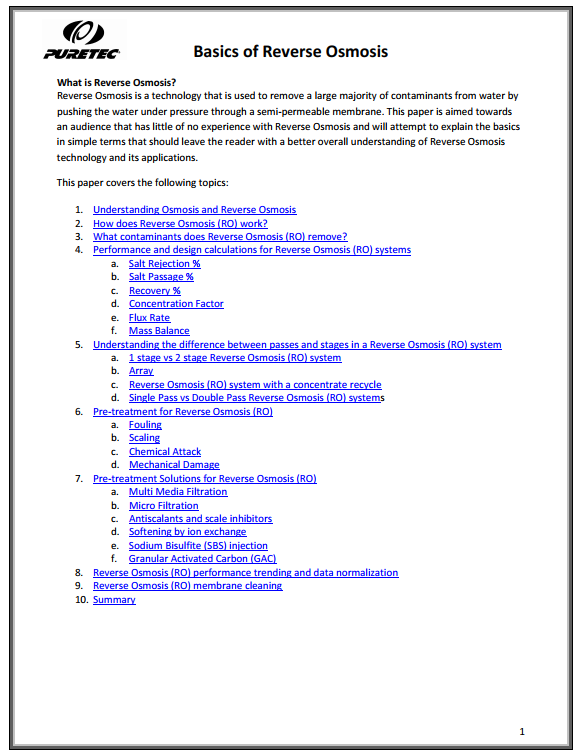
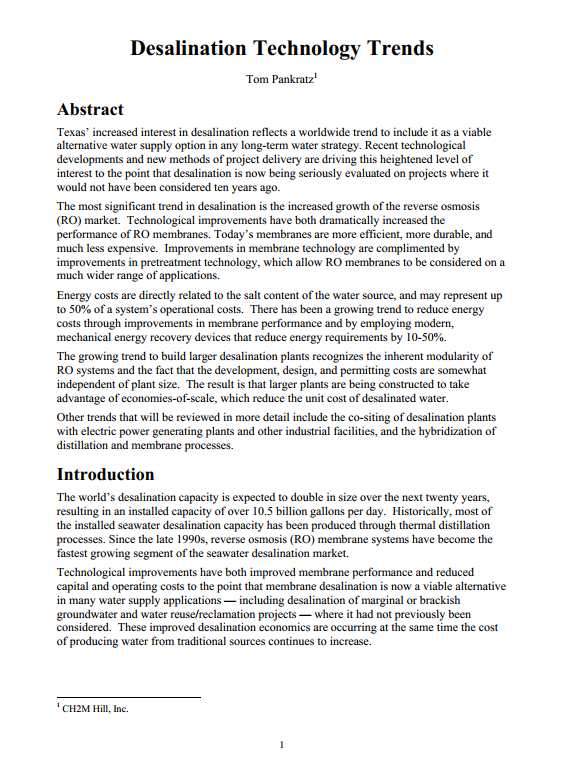
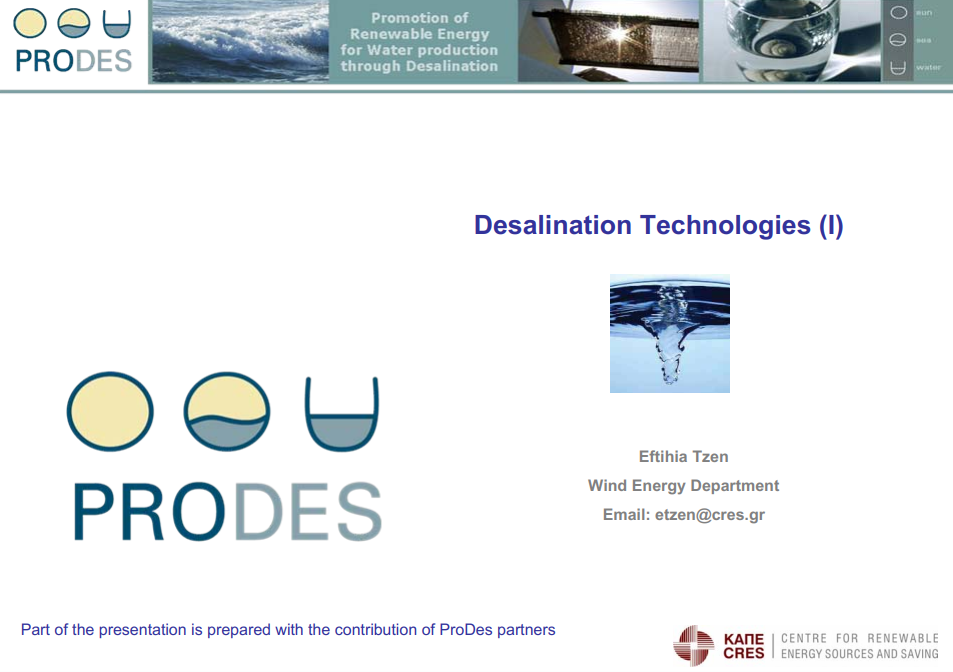
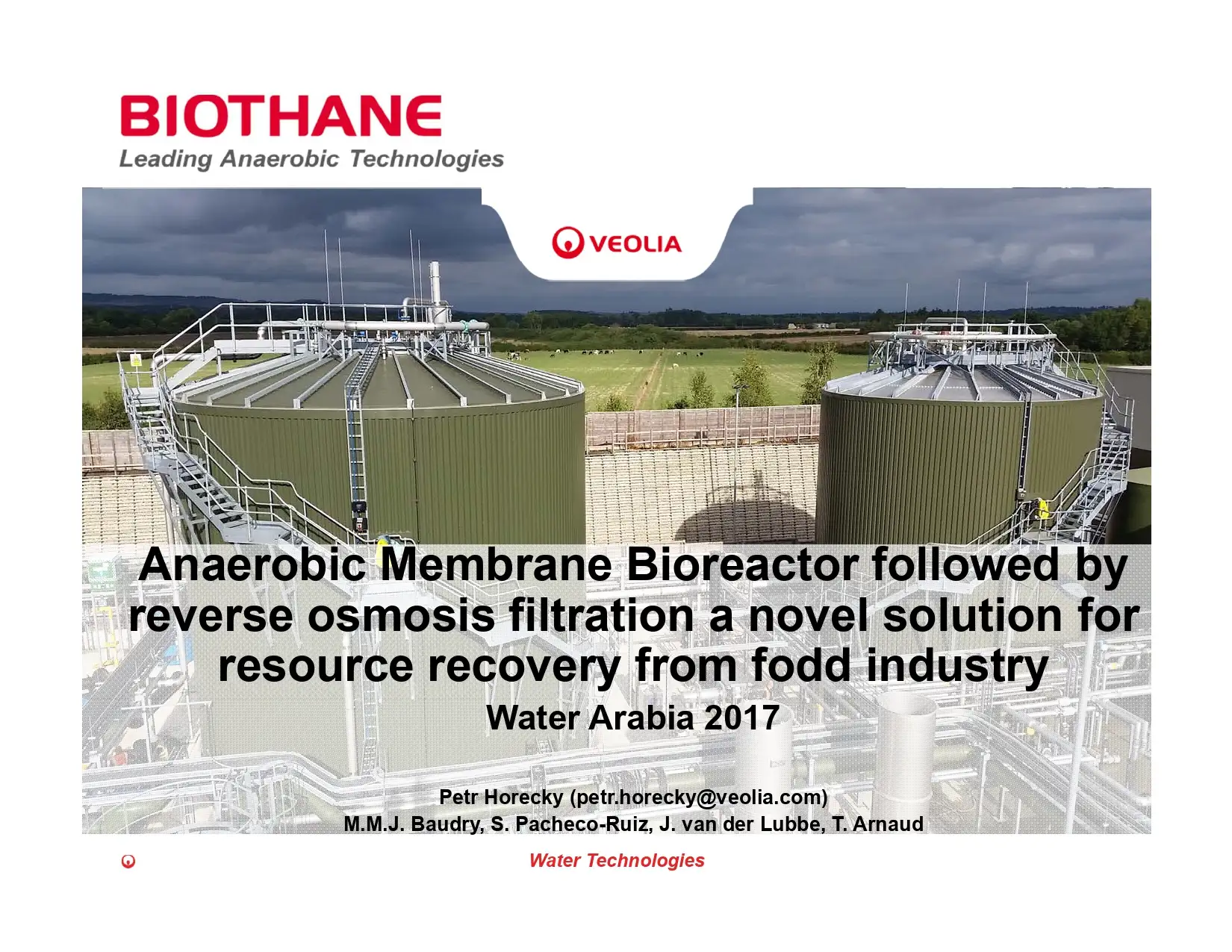

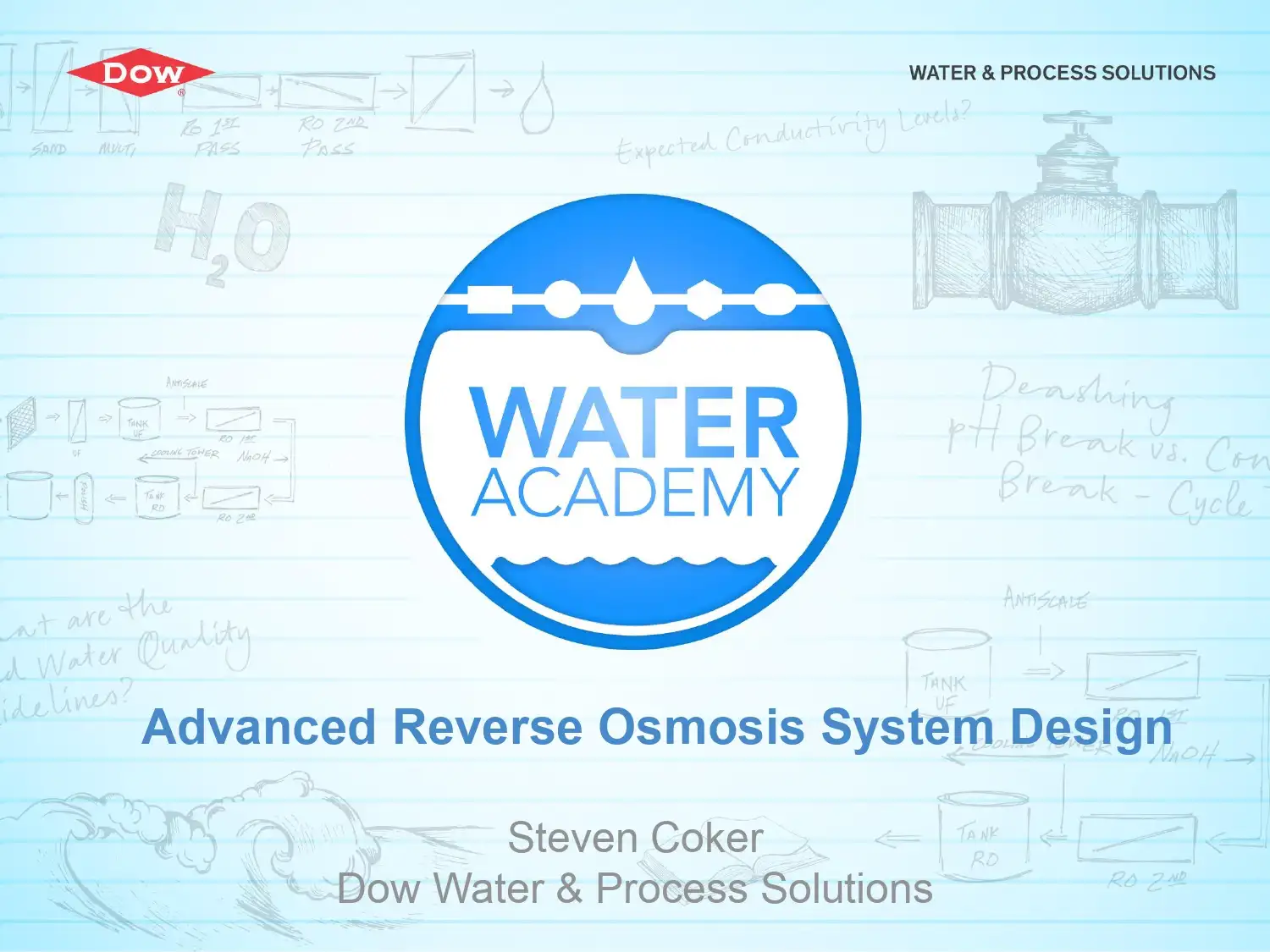



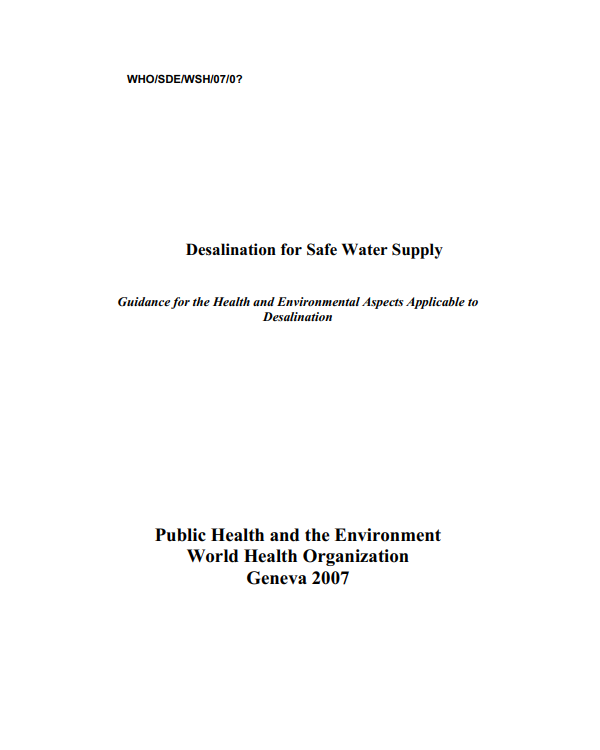

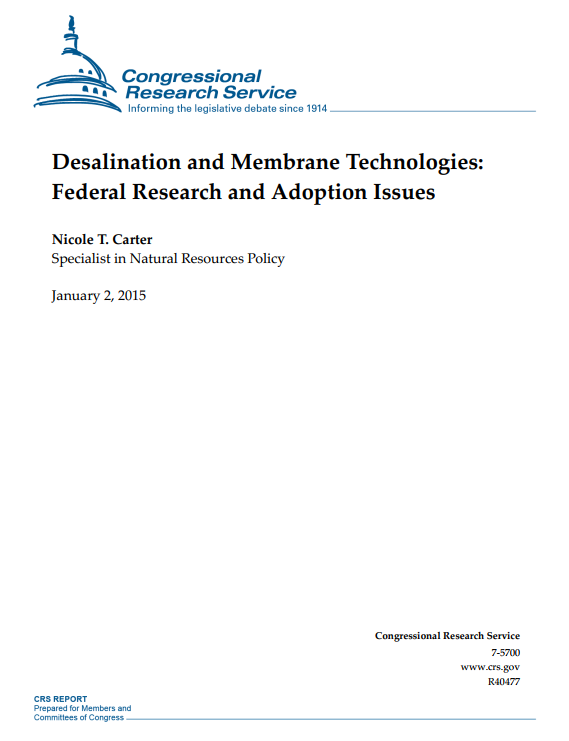

Reviews
There are no reviews yet.